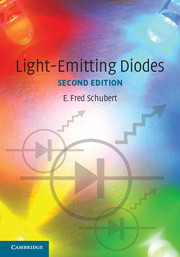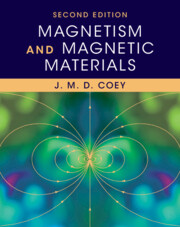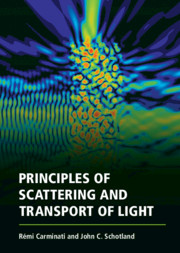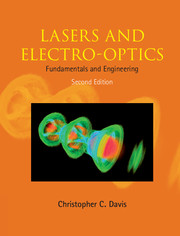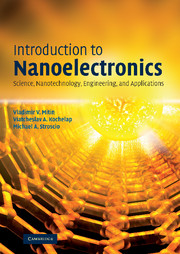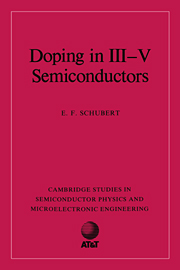Light-Emitting Diodes
Revised and fully updated, the second edition of this graduate textbook offers a comprehensive explanation of the technology and physics of LEDs such as infrared, visible-spectrum, ultraviolet, and white LEDs made from III-V semiconductors. Elementary properties such as electrical and optical characteristics are reviewed, followed by the analysis of advanced device structures. With nine additional chapters, the treatment of LEDs has been vastly expanded, including new material on device packaging, reflectors, UV LEDs, III-V nitride materials, solid-state sources for illumination applications, and junction temperature. Radiative and non-radiative recombination dynamics, methods for improving light extraction, high-efficiency and high-power device designs, white-light emitters with wavelength-converting phosphor materials, optical reflectors, and spontaneous recombination in resonant-cavity structures are discussed in detail. With exercises, solutions, and illustrative examples, this textbook will be of interest to scientists and engineers working on LEDs and graduate students in electrical engineering, applied physics, and materials science.
- Contains 30 exercises, over 20 of which have solutions provided in the book
- Many illustrative examples throughout the text
- Contains the same broad perspective as the first edition but is significantly expanded with new material on device packaging, reflectors, UV LEDs, solid-state sources for illumination applications, junction temperature, and III-V nitride materials
Reviews & endorsements
'Light-Emitting Diodes is an excellent examination of the physics and technology of semiconductor LEDs. The narration is simple and direct, and the book is well referenced for those seeking a deeper understanding of the topic.' Physics Today
Product details
June 2006Hardback
9780521865388
434 pages
244 × 170 × 24 mm
0.89kg
287 b/w illus. 30 exercises
Available
Table of Contents
- Preface
- 1. History of light-emitting diodes
- 2. Radiative and non-radiative recombination
- 3. Theory of radiative recombination
- 4. LED basics: electrical properties
- 5. LED basics: optical properties
- 6. Junction and carrier temperature
- 7. High internal efficiency designs
- 8. Design of current flow
- 9. High extraction efficiency structures
- 10. Reflectors
- 11. Packaging
- 12. Visible-spectrum LEDs
- 13. The AlGaInN material system and ultraviolet emitters
- 14. Spontaneous emission from resonant cavities
- 15. Resonant cavity light-emitting diodes
- 16. Human eye sensitivity and photometric qualities
- 17. Colorimetry
- 18. Planckian sources and color temperature
- 19. Color mixing and color rendering
- 20. White-light sources based on LEDs
- 21. White-light sources based on wavelength converters
- 22. Optical communication
- 23. Communication LEDs
- 24. LED modulation characteristics.

